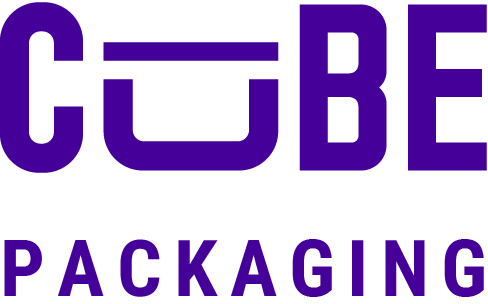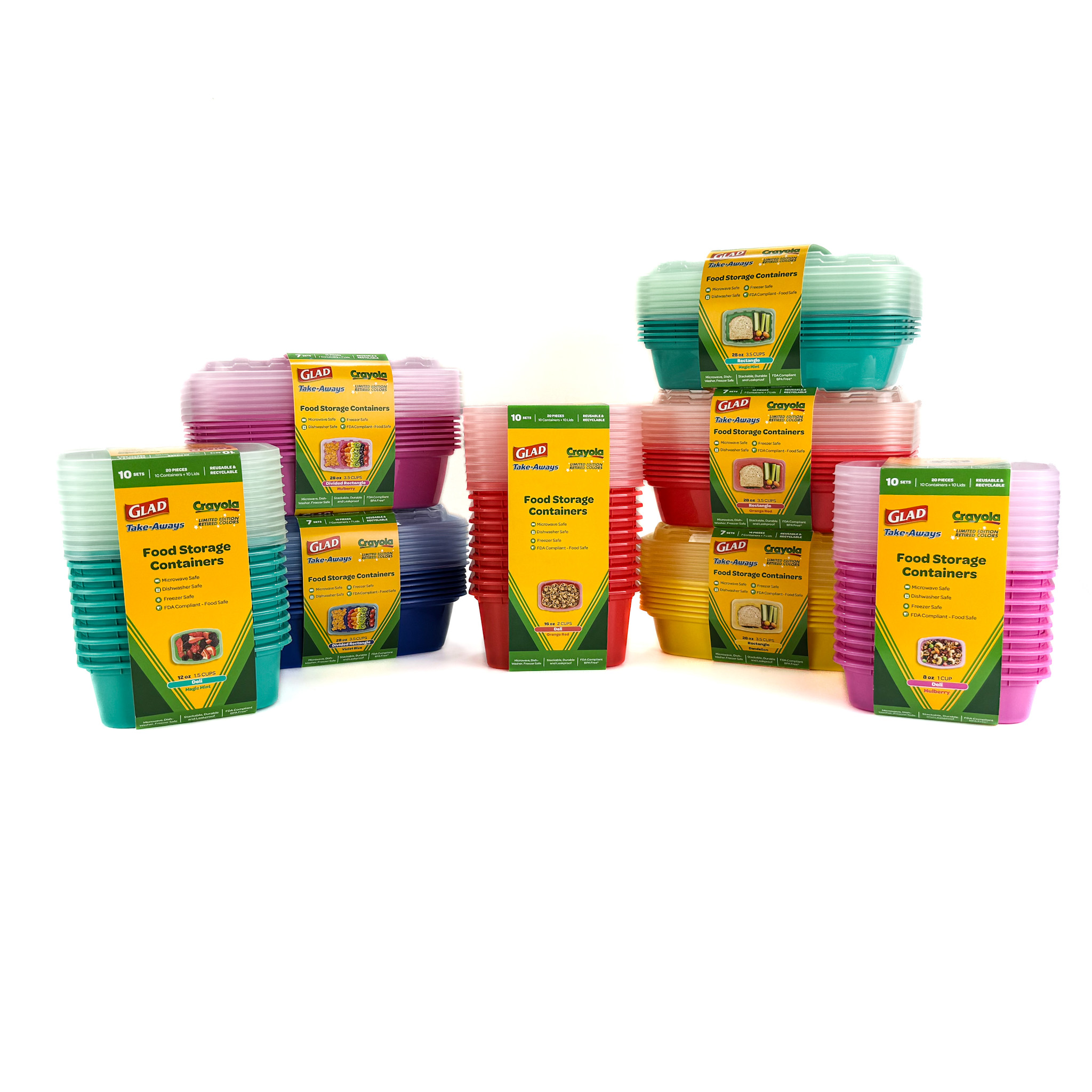Table of Contents
ToggleBright Colours, Less Plastic
More than half of the world’s plastic is used once and thrown away. Only about nine percent is ever recycled. This single-use habit fills landfills and oceans—and it’s no longer sustainable for homes, restaurants, or takeout operations.
Reusing is a quick fix. A World Economic Forum study says that reusing just ten percent of plastic items could keep almost half of new plastic from reaching the sea.
Glad and Crayola want to make reuse easy—and fun. Glad brings leak-tight, BPA-free food containers. Crayola adds bright colours that kids love and customers notice. Together they turn a simple storage box into a tool that cuts waste and sparks creativity, whether it’s in your kitchen drawer, restaurant prep line, or catering kit.
Colourful Glad × Crayola containers help households and foodservice operators reduce waste, store smarter, and reimagine food storage.
Why Single-Use Plastic Is Yesterday’s News
- Half of all plastic items are used once. Research from the World Economic Forum shows that about 50% of plastic made each year is designed for single use.
- Most plastic never sees a second life. Only 9% of global plastic waste is recycled. The rest ends up in landfills, gets burned, or leaks into the environment.
- Reuse cuts ocean waste in half. Reusing just 10% of plastic products could stop nearly 50% of new plastic from entering the ocean.
- Every household and business can lead the change. Replacing single-use bags or clamshells with reusable, colourful containers keeps hundreds—if not thousands—of disposables out of the waste stream each year.
Whether you’re packing school lunches or packaging catered meals, the shift from tossable to reusable containers is one small step with massive impact.
Meet the Glad × Crayola Eco Container at CuBE
Safe Materials
Each container is made from BPA-free polypropylene, approved by the FDA for repeated food contact. It’s also marked #5 for curbside recycling in many cities.
Leak-Tight Performance
Glad’s snap-on lid keeps yogurt, dressings, sauces, and fruit juices where they belong—inside the box, not inside a lunch bag or delivery tote. Independent kitchen tests on similar lids showed zero leaks after repeated shakes and drops.
That means fewer complaints for restaurants, fewer messes in school bags, and more confidence in your prep game.
Built to Reuse
Lab trials show the container stays sturdy and clear for 100+ dishwasher cycles. For foodservice professionals, that means less repurchasing. For families, it means one box can replace hundreds of bags over its life.
Bright Crayola Colours
Crayola colourants are blended into the plastic so hues stay vivid wash after wash. A Crayola survey found kids prefer colourful lunch gear—and foodservice research shows that vibrant packaging boosts perceived freshness and appeal.
Easy to Recycle at End of Life
When the box finally wears out, rinse and recycle it where #5 plastic is accepted. Glad is working toward a goal of making all packaging recyclable, reusable, or compostable by 2025. Learn more
Stack-Smart Shape
Flat walls and matching footprints help lids and bases nest neatly in coolers, fridges, prep lines, or kitchen drawers. Less clutter means less food waste—at home and in restaurants.
How Colour Prompts Greener Behaviour
- Colour catches the eye. A design study showed people recycled more with green bins than grey ones—even when they were the same size.
- Colour coding boosts action. Community trials found that recycling participation increased by nearly 40% when colour cues were added to bins.
- Kids learn through colour cues. Bright lunch containers remind children to bring them back rather than tossing them—turning waste reduction into a habit.
- Visual prep inspires healthier choices. Studies show that when children help pack meals—and see a rainbow of food—they’re more likely to eat vegetables. That same principle applies to takeout customers choosing between dull and dynamic packaging.
Colour doesn’t just make containers fun. It makes reuse, recycling, and healthy eating easier to remember—and easier to stick with.
Quick FAQs
Is polypropylene recyclable everywhere?
Check your local recycling rules. Many curbside programs accept #5 polypropylene. If not, look for drop-off programs at grocery stores or community depots.
How long will a Glad × Crayola container last?
Lab tests show the container stays strong through 100+ dishwasher cycles. Treated well, it can last for many seasons.
Will the colours fade after many washes?
No. The pigments are blended into the plastic, so colours stay bright wash after wash.
How do I recycle a worn-out lid or base?
Rinse and place it in your #5 plastic stream if accepted. Otherwise, check for local polypropylene take-back programs.
Ready to Store in Living Colour?
Swap disposable takeout trays and plastic snack bags for one bright, reusable container—and see the difference in your home, your kitchen, or your café.
Shop Glad × Crayola food storage containers—in partnership with CuBE Packaging, a North American leader in reusable food containers—in-store at major retailers like Target, HEB, Piggly Wiggly, Burlington Coat Factory and Harris Teeter or request a quote bundle for your retail or food-service team.
Cut plastic. Keep colour. Make reuse the new routine.
Related
- The Environmental Impact of Single-Use vs. Reusable Food Containers
- How Reusable Containers Are Transforming Meal Prep Industry
- How CuBEware Helps Preserve Freshness in Home Meal Replacement Services
- Rectangular Food Containers – Eco-Friendly, Versatile & Sustainable
- Why Food Distributors Should Invest in Sustainable Food Container Solutions
- How Custom Food Storage Containers Helps Distributors Stand Out
- Square Food Containers – Maximize Food Storage with Sustainability
- How Reusable Containers Drive Real Cost Savings for Foodservice & Retail
- Square Reusable Containers For Meal Prep – Environmental Benefits
- Cool Under Pressure – Why CuBEware Containers Are Built for Summer Heat

